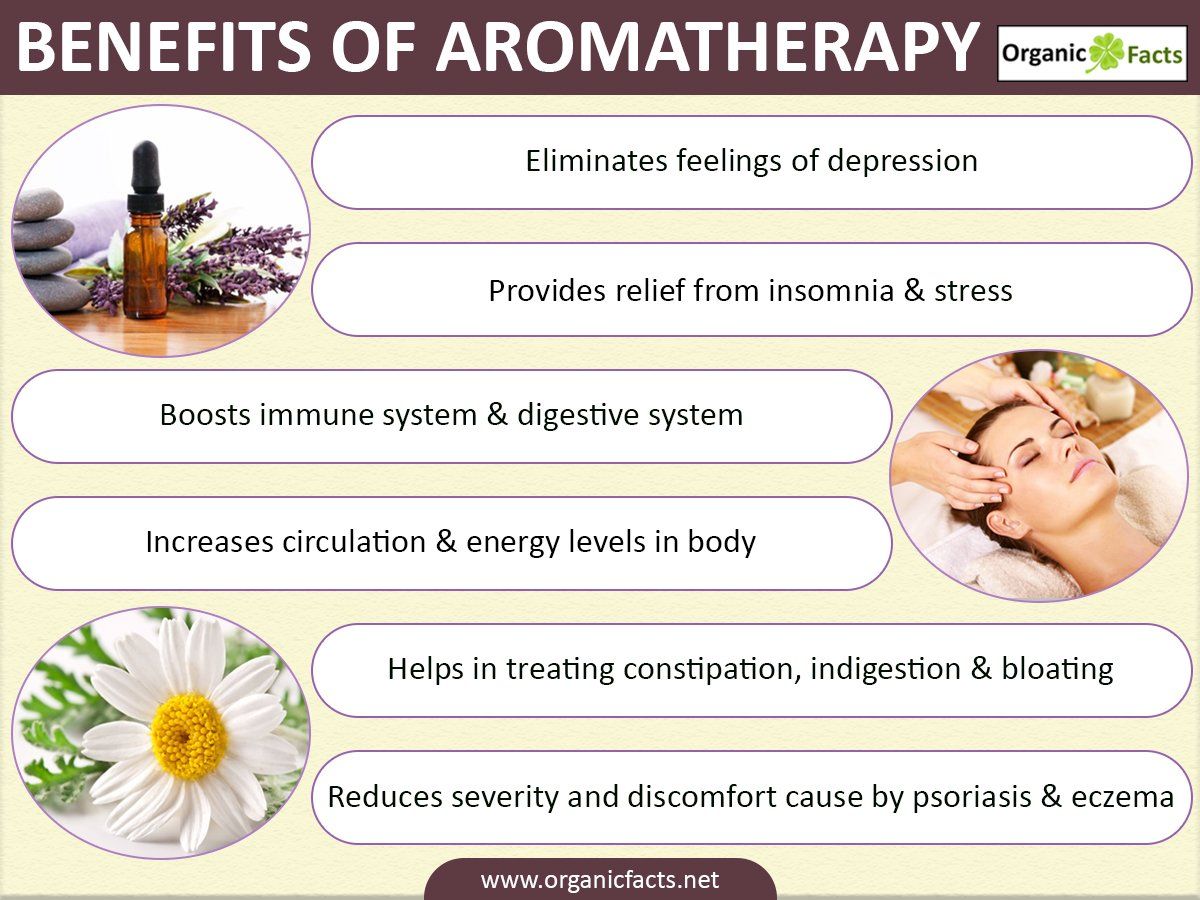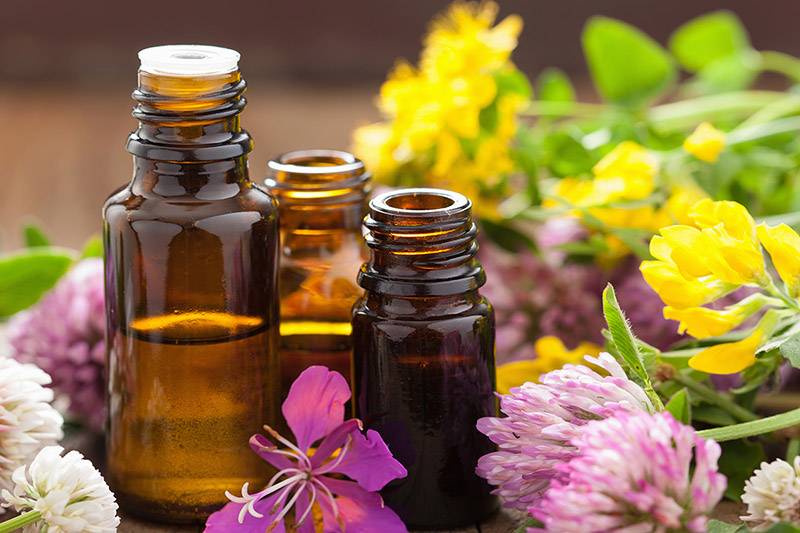Embark on a fragrant journey into the realm of aromatherapy, where nature’s aromatic essences dance with our senses and well-being. From ancient rituals to modern-day therapies, the meaning of aromatherapy weaves a captivating tale of healing and harmony.
A symphony of scents, each essential oil holds a unique therapeutic key, unlocking doors to relaxation, rejuvenation, and inner peace. Let’s delve into the heart of aromatherapy, exploring its origins, applications, and the transformative power it holds.
Definition and Overview
Aromatherapy is the practice of using essential oils and other aromatic compounds for therapeutic purposes.
It has been used for centuries in various cultures around the world, including ancient Egypt, China, and India. Aromatherapy is believed to work by stimulating the olfactory system, which is linked to the limbic system in the brain. The limbic system is responsible for emotions, memory, and behavior.
Historical Origins
The earliest evidence of aromatherapy dates back to ancient Egypt, where essential oils were used for religious ceremonies, cosmetics, and medicine.
In China, aromatherapy was used in traditional Chinese medicine to treat a variety of ailments. In India, Ayurveda medicine incorporates aromatherapy as a way to balance the body’s doshas, or energies.
Essential Oils and Their Properties
Essential oils are natural compounds extracted from plants. They are highly concentrated and possess various therapeutic properties due to their unique chemical compositions.
Essential oils are extracted using various methods, including:
- Steam distillation:The most common method, where plant material is exposed to steam to release essential oils.
- Cold pressing:Used for citrus fruits, where oils are extracted by mechanically pressing the fruit rind.
- Solvent extraction:A chemical process using solvents to dissolve and extract essential oils.
Essential oils can be categorized based on their therapeutic properties:
- Antiseptic:Tea tree oil, lavender oil
- Anti-inflammatory:Chamomile oil, turmeric oil
- Analgesic:Peppermint oil, eucalyptus oil
- Antidepressant:Bergamot oil, jasmine oil
- Stimulating:Rosemary oil, lemon oil
- Sedative:Valerian oil, lavender oil
The chemical composition of essential oils varies depending on the plant source. They typically contain terpenes, terpenoids, and other aromatic compounds. These compounds contribute to the unique scent and therapeutic properties of each oil.
Methods of Application
Aromatherapy can be practiced through various methods, each offering unique advantages and considerations. Understanding these methods is crucial for safe and effective use of essential oils.
Inhalation
Inhaling essential oils directly or through a diffuser allows the molecules to reach the olfactory bulb, stimulating the limbic system and triggering physiological and psychological responses. This method is commonly used for stress relief, mood enhancement, and respiratory support.
- Direct Inhalation:Inhale a few drops of essential oil from a tissue or handkerchief, or use a personal inhaler.
- Steam Inhalation:Add a few drops of essential oil to a bowl of hot water and inhale the steam.
- Diffuser:Use an electric or ultrasonic diffuser to disperse essential oils into the air, creating an aromatic environment.
Topical Application
Applying essential oils diluted in a carrier oil (such as jojoba, almond, or coconut oil) to the skin allows for localized absorption and therapeutic effects. This method is beneficial for muscle pain, skin conditions, and massage therapy.
- Massage:Dilute essential oils in a carrier oil and massage them into the skin.
- Baths:Add a few drops of essential oil to a warm bath and soak for relaxation or therapeutic benefits.
- Compresses:Soak a cloth in warm water with diluted essential oils and apply it to the affected area.
Diffusion
Diffusion disperses essential oils into the air, creating an aromatic environment. This method is often used for air purification, mood enhancement, and creating a relaxing atmosphere. It can also be used to support sleep or improve focus.
- Electric Diffuser:Uses electricity to heat and vaporize essential oils, releasing them into the air.
- Ultrasonic Diffuser:Uses ultrasonic vibrations to create a fine mist of essential oils, dispersing them into the air.
- Nebulizer:Breaks down essential oils into tiny particles, creating a concentrated aromatic mist.
Therapeutic Benefits

Scientific evidence supports the therapeutic benefits of aromatherapy. Essential oils have been found to possess various properties that can positively impact physical and mental well-being.
Aromatherapy can alleviate stress and anxiety. Studies have shown that inhaling certain essential oils, such as lavender and chamomile, can reduce cortisol levels, a hormone associated with stress. These oils promote relaxation and a sense of calm.
Improving Sleep
Aromatherapy can also improve sleep quality. Essential oils like lavender and bergamot have sedative effects that can promote relaxation and induce sleep. Inhaling these oils before bedtime can help reduce sleep latency and improve overall sleep duration and quality.
Enhancing Mood
Aromatherapy can enhance mood and alleviate symptoms of depression and anxiety. Essential oils such as lemon and orange have uplifting and energizing effects that can boost mood and promote a sense of well-being. These oils can also help reduce feelings of sadness and fatigue.
Complementary and Alternative Medicine
Aromatherapy is increasingly used as a complementary and alternative medicine (CAM) therapy. It is often combined with other CAM therapies, such as massage and meditation, to enhance their therapeutic effects. Aromatherapy can provide additional support for managing conditions such as stress, anxiety, sleep disorders, and mood imbalances.
Practical Applications

Incorporating aromatherapy into your daily life can be as simple as adding a few drops of essential oil to a diffuser or applying them topically. Here are some practical tips for using essential oils in various settings:
Home Settings
- Create a relaxing atmosphere by diffusing lavender, chamomile, or bergamot essential oils in your bedroom or living room.
- Boost focus and concentration by diffusing rosemary, peppermint, or lemon essential oils in your home office or study.
- Purify the air and eliminate odors by diffusing eucalyptus, tea tree, or lemongrass essential oils in common areas.
Workplace
- Reduce stress and promote relaxation by diffusing lavender, chamomile, or ylang-ylang essential oils in your workspace.
- Enhance focus and alertness by diffusing rosemary, peppermint, or basil essential oils in meeting rooms or conference halls.
- Boost creativity and inspiration by diffusing citrus oils such as orange, grapefruit, or lemon in brainstorming or idea-generating sessions.
Healthcare Environments
- Promote relaxation and reduce anxiety in hospitals or clinics by diffusing lavender, chamomile, or bergamot essential oils.
- Alleviate pain and discomfort by applying diluted peppermint, eucalyptus, or clove essential oils topically to sore muscles or joints.
- Support the immune system and reduce the risk of infection by diffusing eucalyptus, tea tree, or oregano essential oils in healthcare facilities.
Essential Oil Blends for Specific Purposes
| Purpose | Essential Oil Blend |
|---|---|
| Relaxation | Lavender, chamomile, bergamot |
| Focus | Rosemary, peppermint, lemon |
| Pain Relief | Peppermint, eucalyptus, clove |
| Mood Boost | Citrus oils (orange, grapefruit, lemon) |
| Air Purification | Eucalyptus, tea tree, lemongrass |
Final Summary
As we conclude our aromatic exploration, let the essence of aromatherapy linger in our minds and hearts. Its meaning extends beyond mere fragrance; it’s a pathway to self-care, emotional balance, and a deeper connection with nature’s healing touch. May the aromatic wisdom of aromatherapy continue to guide us on our journey towards holistic well-being.